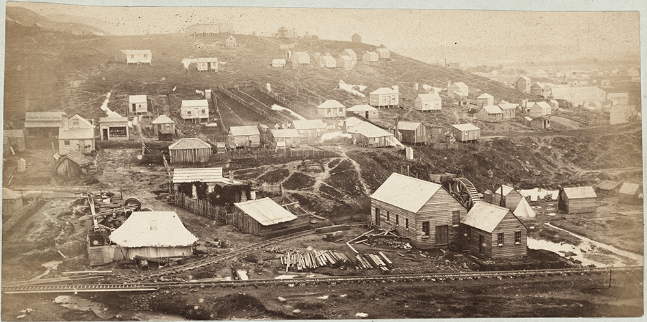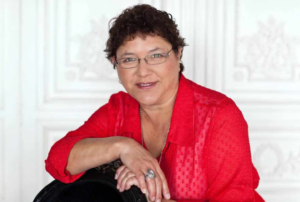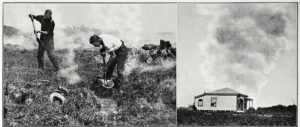As part of a Valley Profile series, MEGHAN HAWKES explores our local history by seeking out stories of life and death in the Thames Valley
PART ONE
The woman’s home was in a bad state – it was dirty, there were no plates or dishes and her children ill-clad and ill-fed. It was not a fit place to bring up children. Six men testified against her – neighbours, policemen, detectives, and the Borough Relieving Officer.
She bore signs of debauchery. She was addicted to drink, and allowed the children to run wild. Her house was frequented by bad women. On more than one occasion men were seen to enter her house late at night. There were great rows in the house. She had recently had an illegitimate child. Only last week she was seen with another woman the worse for liquor in a Grahamstown restaurant. The charge, as was law at the time, was made against her four sons aged 9, 7, 5, and 3 years. It was alleged they were neglected children, residing in a brothel with their mother, Charlotte Thrupp, a reputed prostitute. His Worship said he did not think the section of the Neglected and Criminal Children Act was meant to apply to children living with their mother, even though the place might be a brothel. He dismissed the charge but administered a caution to the woman regarding her character.
The hardening of Charlotte’s character had perhaps begun two years earlier on an August morning in 1878 as dawn broke over the Firth of Thames.
Fishing boats, which had been out all night around the Piako river mouth, were aground on the Piako Flats waiting for the tide to come in. The Colombo however was aground and on her beam ends. On investigation a man’s leg clad in dark trousers and a blucher boot was seen tangled in the rigging.
On a return search a short time later the body was gone.
The Colombo had left Shortland Wharf at 11.30 the previous evening for Waitakaruru in charge of Thomas, better known as Jonathan, Thrupp, the owner. He had with him James Benney, who helped Jonathon sail the boat, and George de Thierry, a licensed interpreter, who had chartered the Colombo to take him to Waitakaruru to collect a man required as a witness in a Native Lands Court case.

A search was made for the men by the harbour boat and steamers Te Aroha and Fairy but was unsuccessful. The Te Aroha, however, brought back with her the Colombo. At the request of the despairing relatives of the missing men a detachment of the Naval Brigade left the Albert Street wharf in the gun boat Victoria to make a thorough search.
Mr Spencer also took out his little steamer the Memsahib. In both the gun boat and the Memsahib were some of the Thames Star carrier pigeons, which would fly the news to town if the bodies were found. But there would be no news on the fate of the occupants of the Colombo.
George De Thierry, 55, was of an old French Royalist family, and was married to Ani Whanauwhaka with whom he had a family. James Benney, 37, was well known amongst the mining community and left a wife and children. Jonathan Thrupp was by occupation a miner, but had been badly injured in an accident in the Piako mine. Funds were raised for him and the Colombo purchased. Jonathon was not accustomed to working small boats and it was supposed that the Colombo was caught in a squall and capsized. Jonathon and his wife Charlotte had four children.
The De Thierry family were financially sound, but the families of Benney and Thrupp were wholly unprovided for. A week after the accident a meeting was held at the Pacific Hotel to raise funds for the relief of the widows and families. Mr Mason made a statement which showed that the case of the Thrupp family in particular was very distressing. Funds were to be collected and performances held at the Academy of Music in aid of the Colombo Accident Relief Fund. The public responded liberally to the call.
On 15 August George De Thierry’s body was discovered on a mud bank by some fishermen. An inquest found he had accidentally drowned. James Benney’s body was found on 27 August by the steamer Rotomahana on her passage between Auckland and Thames. An inquest was thought unnecessary.
Five weeks later Charlotte Thrupp was asked to accompany a police constable to Coromandel. A body had been found near Manaia wearing dark trousers and blucher boots. It was Jonathan Thrupp. For Charlotte life had taken a very dark turn.
CONTINUED DECEMBER 13




